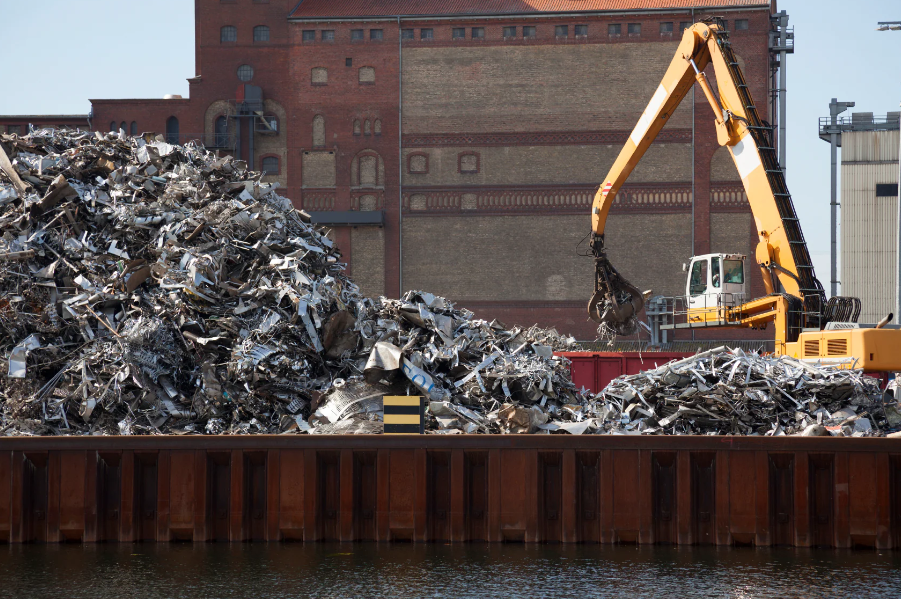
In the age of sustainability and smarter waste management, scrap metal removal has emerged as a crucial service for homeowners, businesses, and construction professionals alike. Whether you’re clearing out a garage, renovating a property, or decommissioning industrial equipment, scrap metal removal not only helps you dispose of unwanted items responsibly but can also put money back in your pocket.
What Is Scrap Metal?
Scrap metal refers to any metallic material that is no longer in use and is ready to be recycled. It typically falls into two categories:
-
Ferrous Metals: These contain iron and are magnetic—examples include steel and cast iron. They are commonly found in appliances, vehicles, and construction materials.
-
Non-Ferrous Metals: These don’t contain iron and are generally more valuable. Examples include aluminum, copper, brass, stainless steel, and lead. These are often found in plumbing, wiring, and electronics.
Why Remove Scrap Metal?
1. Environmental Benefits
Recycling scrap metal significantly reduces the need for raw material extraction and conserves natural resources. It also saves energy—recycling aluminum, for example, uses 95% less energy than producing it from raw ore.
2. Space Reclamation
Old appliances, rusting tools, metal roofing, and vehicle parts can take up valuable space. Removing them clears the way for cleaner, more functional spaces in your home or workplace.
3. Potential Profit
Depending on the type and amount of metal, you might be able to sell your scrap for cash. Prices vary, but copper and aluminum are especially in demand.
4. Safety
Sharp edges, rusted metal, and bulky items pose safety hazards. Professional scrap metal removal ensures these risks are handled with care and proper equipment.
How Scrap Metal Removal Works
The process is typically straightforward:
-
Assessment: A professional service evaluates what needs to be removed and determines the types of metal involved.
-
Collection: Trained personnel collect the items, often providing labor and equipment to remove large or heavy pieces.
-
Sorting: The metal is sorted into types—ferrous or non-ferrous—before being taken to recycling facilities.
-
Recycling: The scrap is melted down and repurposed into new products, completing the cycle of reuse.
DIY vs. Professional Services
While small amounts of scrap can be handled DIY-style with a trip to your local scrap yard, larger jobs often require the expertise of a removal service. Professionals have the tools, trucks, and know-how to safely remove and transport heavy or hazardous materials.
What Can Be Removed?
-
Old appliances (refrigerators, ovens, washers)
-
Car parts and engines
-
Pipes and plumbing fixtures
-
Metal furniture and shelving
-
Sheds, fences, and roofing materials
-
Electrical wiring and electronics
Final Thoughts
Scrap metal removal is more than just a cleanup task—it’s a way to contribute to a greener planet, make some extra cash, and create more usable space. Whether you’re a homeowner tackling spring cleaning or a contractor finishing a build, partnering with a reliable scrap metal removal service is a smart, sustainable move.